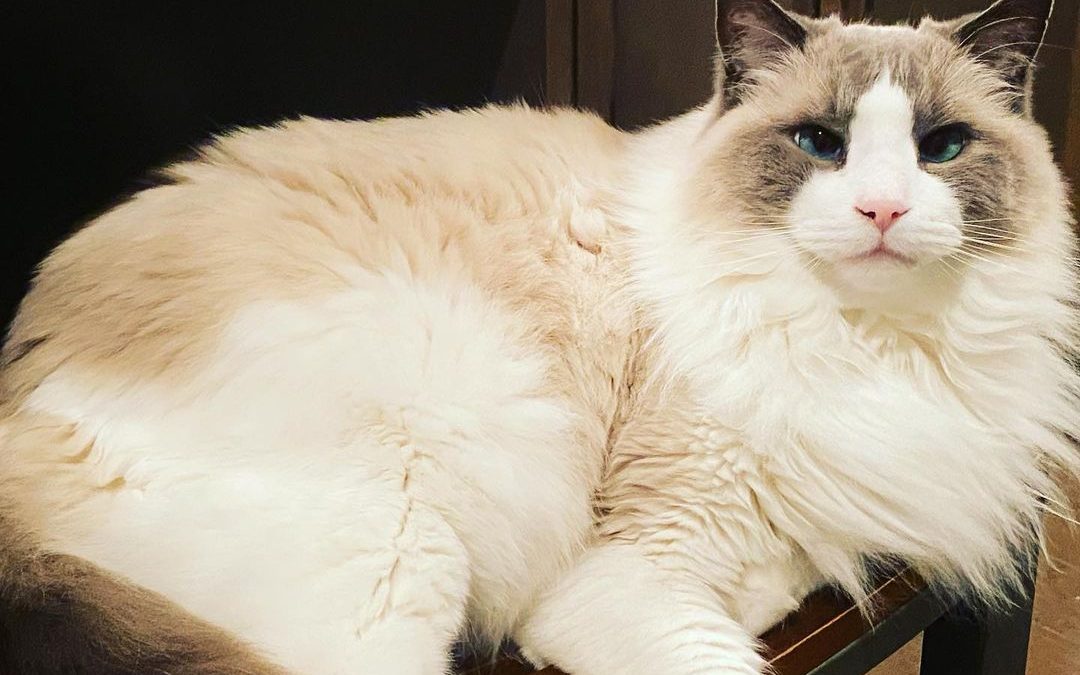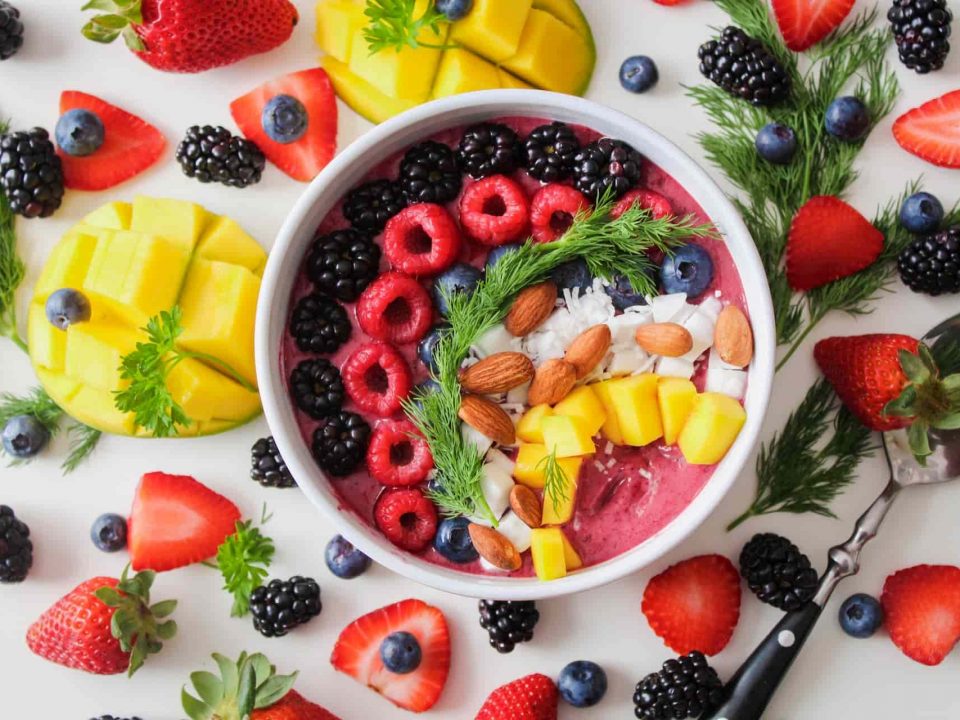
How Animals Can Contribute to Mental Health and Recovery – Norma Collingwood
July 21, 2021
Welcome September – The Month of Transformation
September 7, 2021This month we are exploring how our pets can contribute to mental health and recovery. Kathryn Joel from Get Cooking joins us this month with her cat Milo to share her pet food recipe.
How has Milo helped with improving your mental health and in what way?
Hanging out with Milo is a great way to switch off and relax. During the stresses of pandemic life, he kept my two sons and I grounded. It’s hard to be too stressed when you have a gorgeous purring happy furball to distract you.
With your extensive background in the food industry, can you tell us why you considered a raw food diet for Milo?
Milo isn’t actually on a raw food diet. I taught a class on raw food diets for cats, at Edmonton International Cat Fest and I’ve tried to get Milo interested, but he is a pretty picky eater! He’s on a combo of high-quality cat food (he prefers seafood) and a bit of dry.
Why did you try a raw food diet for Milo and were there some benefits you felt were important?
Edmonton International Cat Festival asked me to teach a class on cat food. Initially, I thought I’d make an easy seafood recipe, something Milo would like! But when I started researching I learned a lot about what cats should actually eat. It’s a bit of a rabbit hole! Raw is best. Cats are obligate carnivores. They don’t need fruits, veggies, and grains in their diets! But a raw diet for cats is comprised of chicken or rabbit. Fish needs to be cooked. And Milo likes fish! So while I now think that a balanced raw diet is the healthiest option for cats, I’m having trouble convincing Mr. Milo. He is accustomed to seafood with a bit of kibble and at eleven years old not willing to change.
Recipe Details
Before making your own cat food, we recommend that you consult with your Vet and/or a Veterinary Nutritionist. There are a lot of resources online. The recipe below is drawn from the following resources:
The Feline Nutrition Foundation
Lisa A. Pierson, DVM
Fetch by Web MD / Healthy Cats Center
Natural Cat Care Blog
Catological
If you plan to switch your cat to a homemade diet without bone, you can use a nutritional premix. In Canada, TCfeline is one option. You combine the supplement with water and mix with liver and meat (you should plan to grind your own). You can order this online.
Always remember that cats are Obligate Carnivores. They need a high-protein, meat-based diet to thrive and do well. A low-protein, high-carbohydrate diet is not suitable for them. There’s no such thing as a vegan cat. The recipe below partially cooks whole chicken thighs, to reduce the risk of salmonella. Keep in mind that cats are not humans, and do not react in the same way to salmonella. Please refer to the sources above if you prefer to feed your cat(s) a fully raw diet.
HOME-MADE CAT FOOD (Yields enough for 10-14 days, freeze in ice cube trays)
Recipe from Lisa A. Pierson
Note: most cats eat 4-6 oz per day
Ingredients
3 lbs poultry thighs (meat, bones and skin)
3-4 oz chicken liver, fully cooked
1 cup water
2 soft boiled eggs (optional) – boiled for 3-4 minutes, the white should be cooked but the yolks runny, or alternatively scramble in a little butter
5000 to 10,000mg fish oil (not cod liver oil), salmon oil is not recommended
400 IU vitamin E
1 capsule vitamin B complex 50 (for a picky cat start with 1/2 a capsule, 25 mg)
2000mg taurine (powdered, in capsule or loose)
1 tsp Windsor Half & Half salt with iodine
Instructions
- Preheat your oven to 350F (to partially cook) OR heat a large pot of water (to blanche) the chicken thighs. NOTE: you can leave your chicken raw, blanche in boiling water, or partially cook in the oven. We will discuss the options at the start of your class.
- Remove 20 to 25% of the bone, and 50% of the skin, from the chicken thighs. If your cat is thin, retain all of the skin, if your cat is on the heavier side, then remove 80%).
- Arrange on a parchment-lined baking tray. Bake in the preheated oven for 10 minutes. Alternatively, you could blanche the chicken in boiling water. It is important that the chicken bones are raw when you grind them, since cooked bones will splinter.
- Meanwhile combine the supplements with the water, to make a slurry.
- Cut some of the chicken meat (use the uncooked portion, near the bone) into chunks. This is good for your cat’s dental health.
- Using a 4mm grinding plate, grind the meaty bones, meat and skins of the chicken thighs, together with the cooked liver and eggs.
- Stir to combine. Combine with the slurry of water and supplements.
- Portion and freeze.
- Defrost naturally – do not use your microwave.
Equipment
- Weighing scale
- Cutting board and knives
- Meat grinder
- Large cube ice cube trays, for freezing






